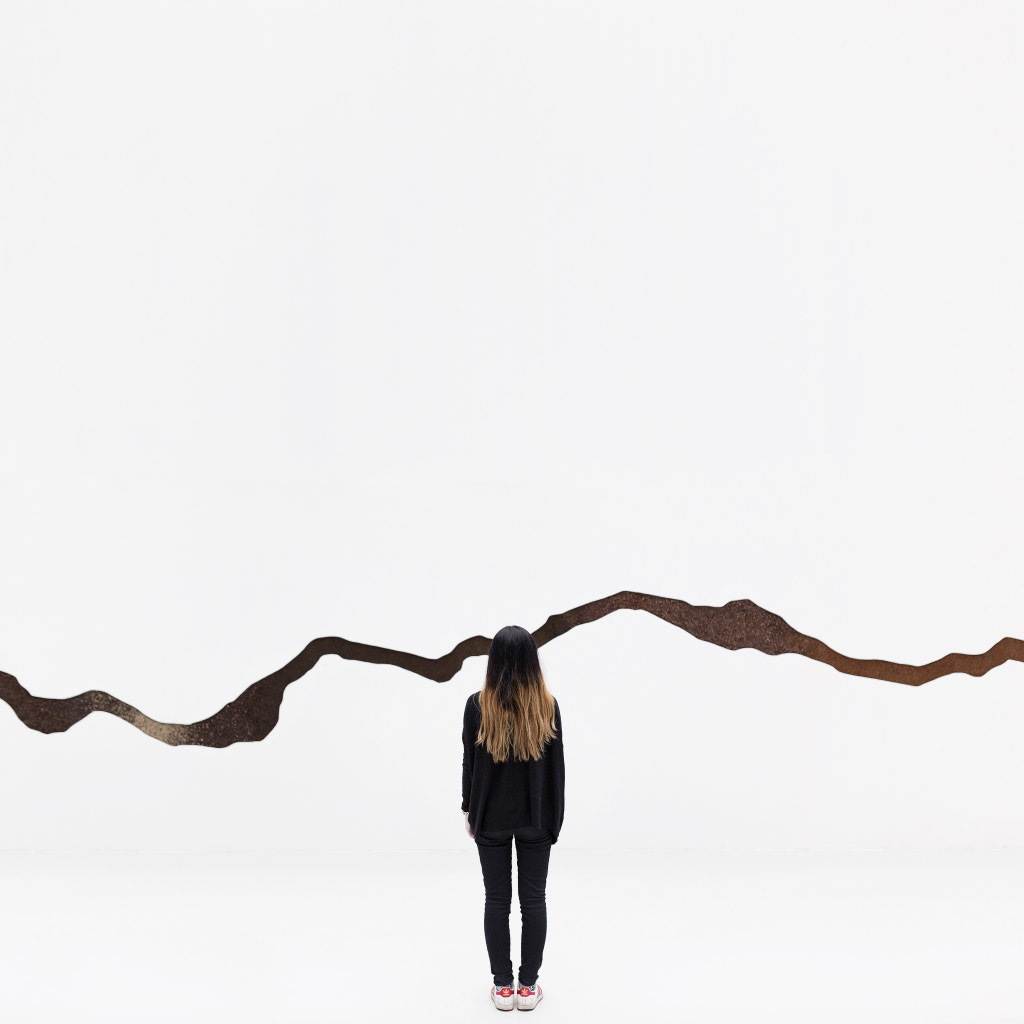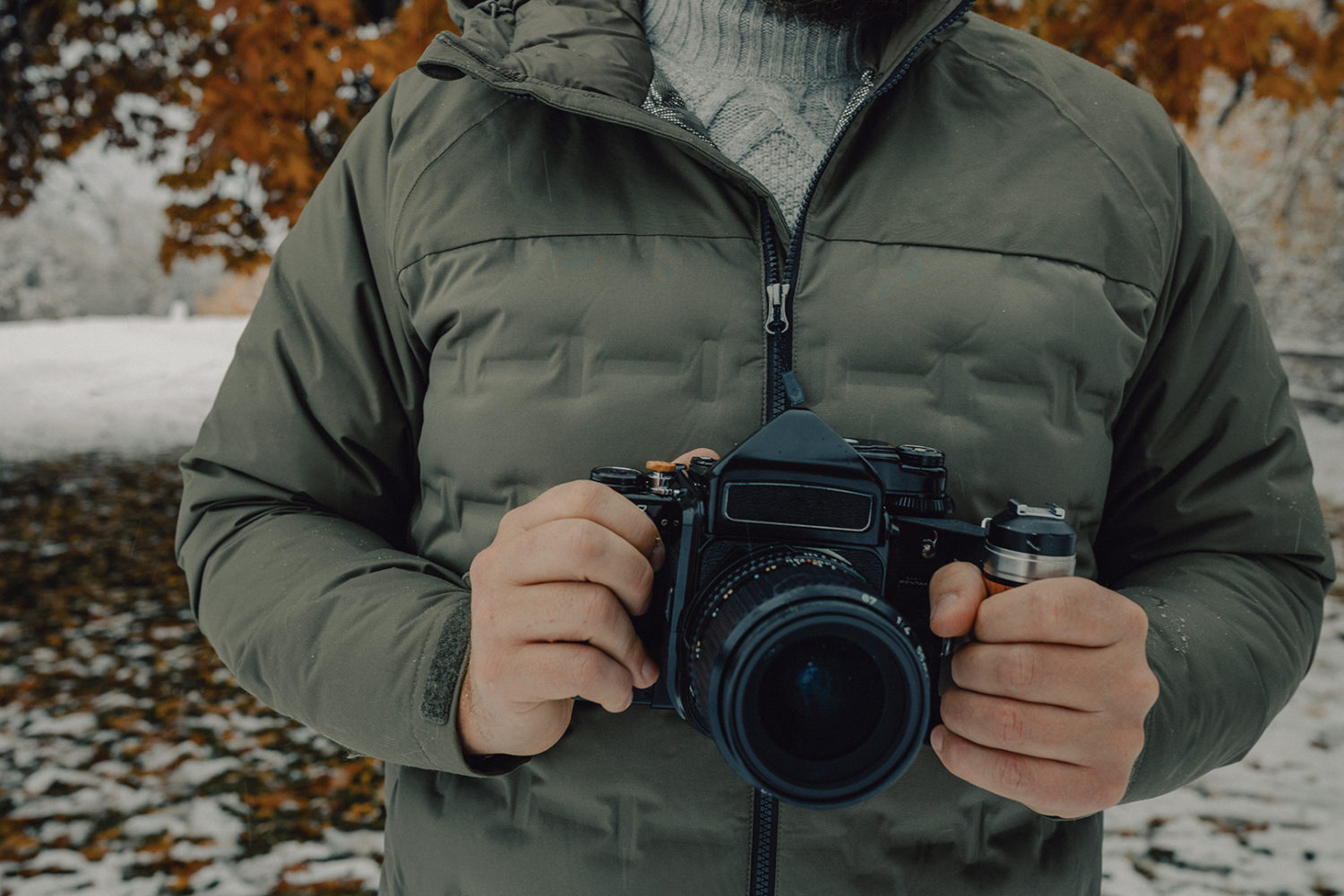When Ansel Adams passed away in 1984, he famously left behind a treasure trove of 40,000 photographs. Inside a concrete and steel vault, curators discovered masterpieces, many of which had never been printed. Among Adam’s iconic black and white landscapes were color photos and portraits—a testament to a prolific career. In the end, he created so many extraordinary images that he ran out of time to print them all.
Although they might not work in a darkroom as Adams did, many of today’s photographers will identify with this story. Photographers do it all, from shooting assignments to editing images, from marketing their work to managing a business. Often, it can seem as though there simply isn’t enough time in a day to get everything done. As we head into the New Year and set new resolutions, we compiled this handy list of productivity tips for photographers. Keep it bookmarked and return to it throughout the year as you check off your goals.
Tip #1: Get outside your comfort zone
Where you work can have a profound effect on how you work, and changing your environment can help generate new ideas. According to research from WeTransfer, creatives are most likely to find inspiration in real-life experiences, like spending time with family or enjoying nature, while social media scored lower.
If you’re having trouble brainstorming, consider leaving the computer at home and getting outside or taking a virtual gallery or museum tour. The Metropolitan Museum of Art has some wonderful online tours, including this one on the history of photography.
Tip #2: Optimize your schedule
Seemingly simple tasks like posting on social media, keywording your images, and color-correcting can easily eat up the majority of your day, so get into the habit of following a consistent schedule. If you’re more creative in the evenings, set that time aside for shooting, and devote your mornings to administrative tasks. Maybe you devote Mondays and Wednesdays to sessions and Tuesdays and Thursdays to editing.
You can get more specific and granular with a nightly to-do list to help you keep track of your daily goals. Instead of “metadata and editing,” for instance, maybe you write down, “keyword images from yesterday’s shoot at 3:00 PM.” Breaking your day into manageable bits can help you stay on track. Focus on one thing at a time; multitasking won’t do you any favors. Set clear work hours for yourself, and make time for breaks, too.
Tip #3: Set deadlines
Client jobs will come with built-in deadlines, but personal projects can be harder to complete. No matter the project, make a habit of setting regular reminders and deadlines for yourself. It can be as simple as “I will finish editing this series within the month” or “I will schedule a new photoshoot this week.” While reaching your deadlines can seem daunting, they can actually reduce stress in the long-run by helping you to prioritize what’s most important. Just give yourself a buffer in case unexpected issues arise.
Tip #4: Organize your space
To get the most out of your days, optimize your workspace, whether it’s a studio or a home office. Studies suggest that everything from cleaning up to getting more natural light and adding greenery to your space can help boost your productivity. Some find music helps them work, while others prefer silence. Experiment to see what works best for you, and design your workspace accordingly.
Tip #5: Get it right in-camera
It’s not always possible, but a little preparation on-set can save you endless headaches in post-processing. Do whatever you can behind the scenes to get your photos as close to perfect as they can be, whether it’s modifying your light for a gorgeous exposure or eliminating any distracting details in the background. Come prepared with a detailed shot list so you get all the images you want. “We’ll fix it in post” might be a popular saying, but it’s also a massive time-waster.
Tip #6: Save your presets
If you make the same edits over and over again, it might be time to save them as a preset (or an action in Photoshop). You can always go in and finesse each image individually, but establishing a baseline of quick edits (Contrast, Color Temperature, Vibrance, etc.) will help save you editing time. Don’t forget to name and organize your presets for easy access.
Tip #7: Automate routine tasks
Last year, we published 9 tools to boost your online presence, a quick guide to time-saving resources for photographers. Tools like Iconosquare, Planoly, and Later can help you schedule social media posts in advance, while IFTTT will automate the process for you. You can also automate your emails by saving signatures for client inquiries, welcome packets, style guides, and more. If you’re communicating with a team of creatives, a platform like Slack might work well to help you keep your correspondence organized and in one place.
Tip #8: Delegate
You don’t have to hire a full-time employee, but hiring someone to tackle time-consuming tasks like retouching and keywording can be a game-changer. Just make sure you choose someone you trust and who understands your vision; it can help to ask colleagues for recommendations and check out reviews online before investing. You can decide which tasks you delegate and which you keep to yourself—for example, you might be a whiz at editing but need help with accounting, or vice versa.
Tip #9: Find a community
Being part of a larger community of photographers can help hold you accountable both in the long and short-term, so connect with like-minded artists, and sit down with them to set some goals. 500px is the perfect place for networking, whether you’re finding inspiration in other photographers’ profiles or attending workshops through the Resource Hub.
Letting someone else know about your productivity goals won’t just hold you accountable; it could also provide the encouragement you need to take the next step in your career. Avoid comparing yourself to others; instead, find people who uplift you and bolster your confidence.
Tip #10: Make time for yourself
While it’s easy to get lost in the shuffle of everyday business, it’s still important to carve out time for enriching your creative practice. That could mean setting aside one day a week to work on a personal project, or it could mean signing up for workshops or tutorials and learning new skills every few months. Put in the work to fuel your creativity, and productivity will likely follow.
Not on 500px yet? Sign up here to explore more impactful photography.

















Leave a reply